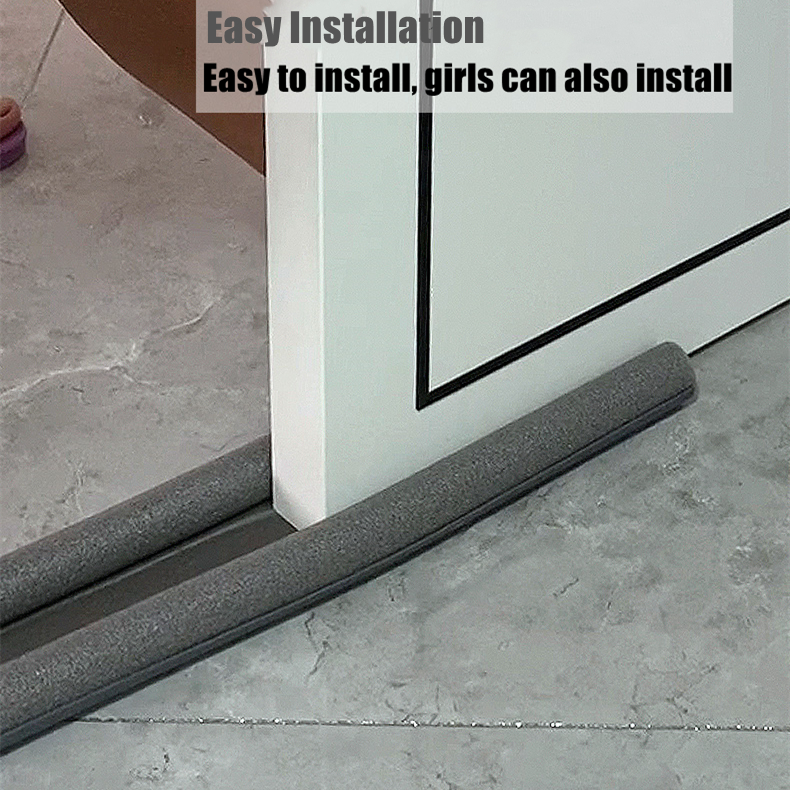plywood edge banding tape
Understanding Plywood Edge Banding Tape A Comprehensive Guide
Plywood is a versatile material widely used in furniture construction, cabinetry, and various other applications. However, one of the challenges associated with plywood is the unfinished edges that can detract from its aesthetic appeal and durability. This is where plywood edge banding tape comes into play. Designed to provide a seamless and professional finish, edge banding tape is essential for enhancing the appearance and longevity of plywood products.
What is Edge Banding Tape?
Edge banding tape is a thin strip of material used to cover the raw edges of plywood sheets. It serves a dual purpose it protects the edges from moisture, abrasion, and other potential damage while also providing a polished look. Edge banding can be made from a variety of materials, including PVC, ABS, wood veneer, and melamine, allowing for flexibility in both function and aesthetic appeal.
Types of Edge Banding Materials
1. PVC Edge Banding PVC (polyvinyl chloride) is a popular choice due to its durability and resistance to moisture and chemicals. PVC edge banding is available in a wide range of colors and finishes, making it easy to match the banding with the plywood surface.
2. ABS Edge Banding ABS (acrylonitrile butadiene styrene) is similar to PVC but is often regarded as more environmentally friendly. It is lightweight and offers good impact resistance, making it suitable for high-traffic areas.
3. Wood Veneer Edge Banding For those looking for a natural look, wood veneer is an excellent option. It provides the authentic appearance of solid wood and can be stained or finished to match the plywood. However, wood veneer is more susceptible to moisture and may require sealant for added protection.
plywood edge banding tape

4. Melamine Edge Banding Melamine edge banding is made from melamine resin, providing a sleek finish that is easy to clean and maintain. It is available in various colors and designs, suitable for modern and contemporary furniture.
Benefits of Using Edge Banding Tape
1. Aesthetic Enhancement Edge banding adds a polished finish to plywood products, hiding unsightly edges and making furniture look professionally crafted. This is particularly important for visible edges in cabinetry and tabletops.
2. Durability By protecting the edges of plywood, edge banding increases the overall strength and longevity of the material. It acts as a barrier against moisture, which can lead to warping and deterioration over time.
3. Ease of Application Edge banding tape is relatively easy to apply. It can be affixed using heat or adhesive, making it a practical solution for both DIY enthusiasts and professional craftsmen.
4. Cost-Effectiveness Instead of opting for solid wood or more expensive finishes, edge banding provides an economical way to achieve a high-end look. This cost-effectiveness makes it an attractive option for large-scale projects.
Conclusion
In summary, plywood edge banding tape is a crucial component in modern woodworking and furniture manufacturing. Its ability to enhance the visual appeal and durability of plywood makes it an indispensable tool for craftsmen and hobbyists alike. Whether you are building custom cabinetry or simply improving the appearance of a piece of furniture, choosing the right edge banding material can make a significant difference in the finished product. By investing in quality edge banding, you can ensure that your plywood projects are both functional and aesthetically pleasing.
-
Silicone Seal Strip: The Ultimate Solution for Your Sealing NeedNewsNov.01,2024
-
Keep the Heat: The Importance of Seal for Oven DoorsNewsNov.01,2024
-
Essential Guide to Corner Protectors for Your FurnitureNewsNov.01,2024
-
Enhance Your Home with Silicone SolutionsNewsNov.01,2024
-
Efficient Maintenance of Melamine Sealing StripsNewsNov.01,2024
-
Comparison of Different Edge Sealing ProcessesNewsNov.01,2024
-
Types of Door Bottom Seal Strips and Their Best UsesNewsOct.25,2024